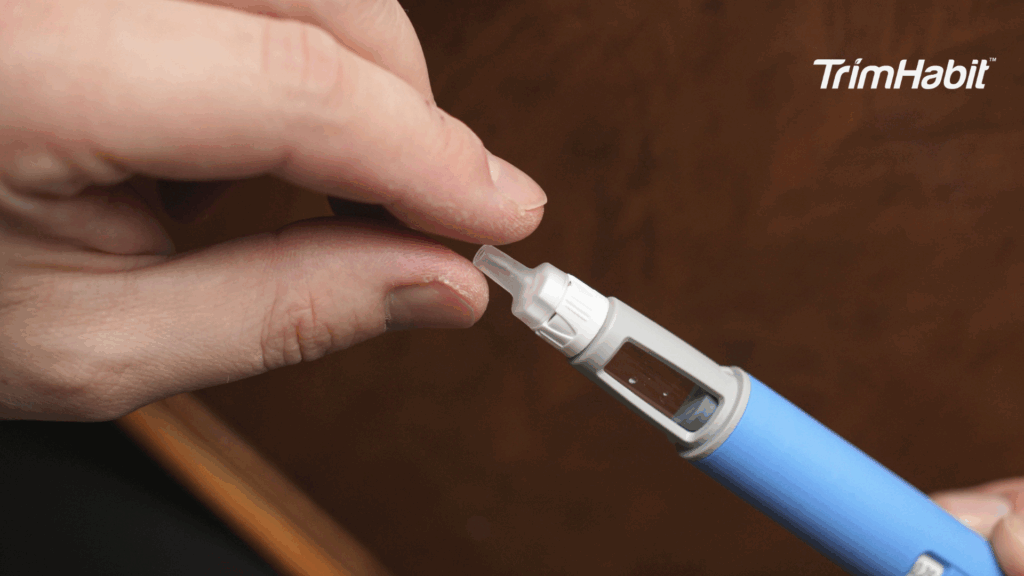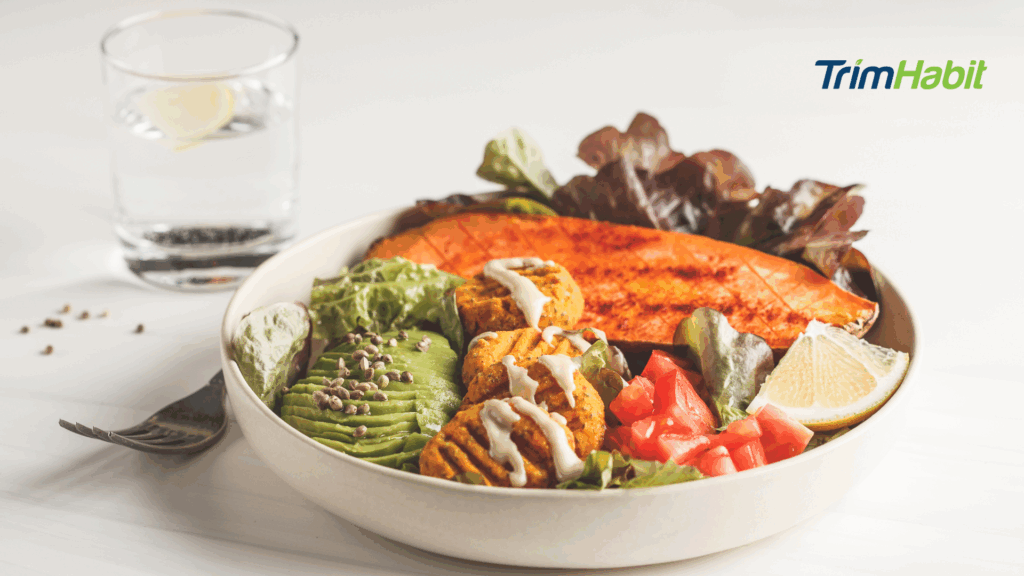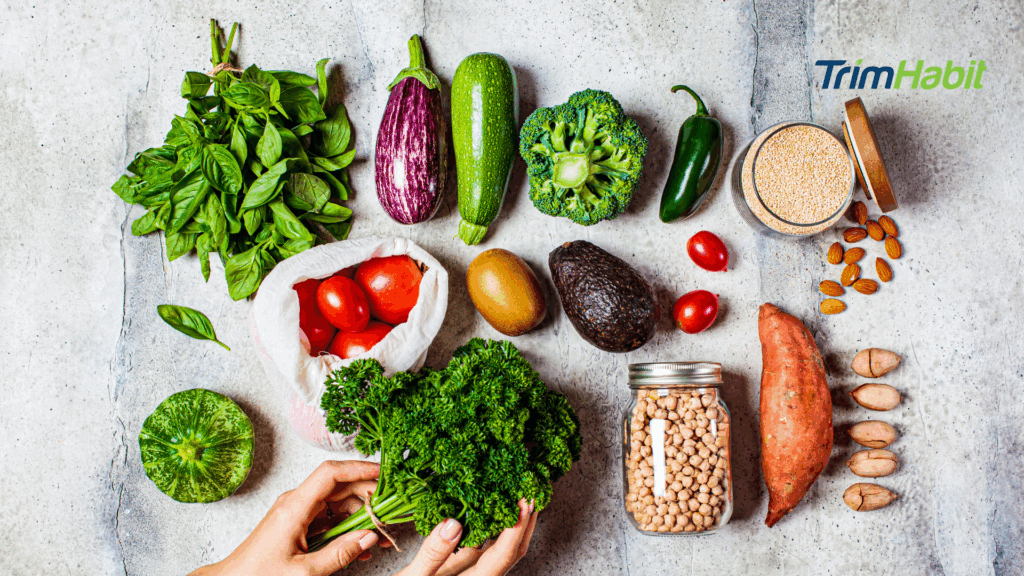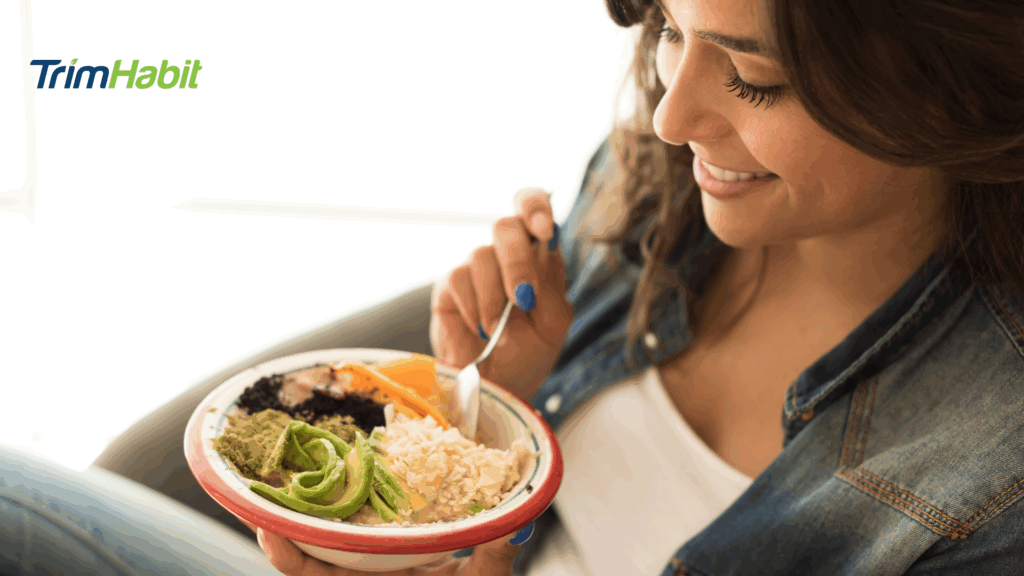If you’ve committed to the discipline of intermittent fasting, chances are you have questions about what you can and cannot consume during your fasting periods.
One prevalent question that echoes in the fasting community is, does Splenda break intermittent fasting? To unravel this query, we must delve into the fundamentals of intermittent fasting and explore the influence of artificial sweeteners within this dietary approach.
So, let’s embark on this journey together, seeking clarity on Splenda’s role in intermittent fasting.
What Is Splenda?
Artificial sweeteners become your go-to allies if you’re trying to shed those extra pounds by cutting down on sugar. Sucralose is among the newest contenders in the sweetener arena, commonly known as Splenda.
What sets Splenda apart is its unique origin. Unlike its counterparts like aspartame and saccharin, it is derived from natural sugar, granting it a taste that many find more agreeable than other artificial sweeteners.
Crafted through a meticulous chemical process that involves replacing three hydroxyl groups with chlorine atoms, sucralose was stumbled upon in 19761.
Legend has it that a scientist at a British college misunderstood testing instructions and, instead, took a taste, discovering the intense sweetness of the substance.
Fast forward, and the collaborative efforts of Tate & Lyle and Johnson & Johnson brought Splenda to life. Introduced in the United States in 1998, Splenda swiftly rose to fame, becoming one of the most sought-after sweeteners in the country2.
Now, Splenda isn’t just a passive player; it actively participates in your culinary adventures. From cooking to baking and sneaking into thousands of food products globally, Splenda has secured its spot as a versatile sugar substitute
While Splenda boasts being calorie-free in terms of sucralose, it’s essential to recognize that it includes dextrose and maltodextrin, which contribute 3.36 calories per gram3. Despite this, the overall caloric and carbohydrate impact on your diet remains negligible, owing to sucralose’s exceptional sweetness—600 times that of sugar2.
Effect Of Sucralose On Blood Sugar And Insulin Levels
Despite the marketing claims that artificial sweeteners are superior to sugar because they purportedly do not elevate insulin or blood sugar levels, this assertion is not entirely accurate.
Most studies indicate that sucralose, a common artificial sweetener, has minimal to no impact on blood sugar and insulin levels4.
A study involving healthy, normal-weight adults who consumed artificial sweeteners daily revealed that sucralose did not trigger an insulin response or affect blood glucose levels5.
Conversely, research conducted on obese adults unaccustomed to artificial sweeteners demonstrated an increase in blood glucose levels by 14% and insulin levels by 20% after consumption6.
These findings suggest that the effects of sucralose may vary depending on an individual’s accustomed exposure to the substance.
Nevertheless, additional high-quality research is needed to comprehensively understand the implications of sucralose on blood sugar and insulin levels.
On a related note, while intermittent fasting has demonstrated positive effects on insulin resistance and the regulation of glucose and lipid metabolism7, incorporating Splenda into an intermittent fasting regimen may counteract these health benefits. Maintaining stable blood sugar levels is crucial during fasting, as fluctuations could trigger increased appetite.
For individuals with diabetes, vigilance is essential, as elevated blood sugar levels or insulin spikes pose significant health risks.
Consequently, if you have diabetes, it is advisable to limit the consumption of Splenda or seek guidance from a medical professional.
Sucralose Effect On Gut Health
The beneficial microorganisms residing in your gut play a pivotal role in overall health by enhancing digestion, supporting immune function, and lowering the risk of various diseases8,9.
Intriguingly, a two-week study revealed that daily consumption of 20% of the acceptable daily intake for sucralose had no discernible impact on the favorable bacteria in the gut10.
Similarly, another seven-day study demonstrated that elevated sucralose doses did not induce changes in the gut microbiome11.
While these findings suggest that short-term sucralose use may not adversely affect gut health, it’s crucial to consider that long-term intake, mainly based on animal studies, could yield negative consequences.
Research conducted on mice indicated that a prolonged six-month sucralose regimen disrupted the equilibrium of the gut microbiome and led to increased inflammation12.
These results underscore the importance of careful consideration regarding the extended use of sugar substitutes like sucralose to preserve optimal gut health.
Potential Benefits Of Using Splenda During Intermittent Fasting
Incorporating Splenda into your intermittent fasting plan should be done mindfully, considering individual responses and preferences.
While these potential benefits exist, you must know your body’s reactions and consult with healthcare professionals or nutrition experts to ensure your chosen approach aligns with your health goals.
Some of the potential benefits include:
1. Reduced Calorie Intake and Weight Management
One potential benefit of incorporating Splenda into your intermittent fasting routine is its ability to contribute to reduced overall calorie intake.
As a low-calorie sweetener, Splenda allows you to enjoy a sweet taste without adding significant calories to your diet.
This reduced caloric intake can benefit individuals aiming for weight management or weight loss as part of their intermittent fasting journey.
2. Maintaining Taste Satisfaction Without Spiking Blood Sugar Levels
Splenda’s appeal lies in its sweetness without the accompanying surge in blood sugar levels. Unlike traditional sugars, Splenda is not metabolized in the body in a way that leads to a spike in insulin or glucose.
This characteristic makes it a valuable tool for individuals practicing intermittent fasting, as it allows for enjoying sweetness without compromising the metabolic benefits of fasting.
3. The Psychological Impact of Sweetness During Fasting Periods
Intermittent fasting can be mentally challenging, especially during fasting periods. Splenda can play a role in providing a psychological boost by satisfying cravings for sweetness.
Even if calorie-free, the taste of something sweet can contribute to a sense of satisfaction and make it easier for individuals to adhere to their fasting schedule.
This psychological support may enhance the overall experience of intermittent fasting and contribute to its long-term sustainability.
Alternatives To Splenda While Fasting
While there are still ongoing debates about whether Splenda breaks a fast, there are alternatives that you can use that will help you not break your fast.
Stevia
Derived from the stevia plant leaves, stevia emerges as a health-conscious alternative to sugar. This natural sweetener, unlike Splenda, is devoid of calories and carbohydrates, making it a wholesome choice.
Stevia stands out for its lack of artificial ingredients, distinguishing it as a pure and unprocessed option.
Although it is less sweet than Splenda, there’s no need to worry because stevia doesn’t break a fast.
Erythritol
Erythritol, classified as a sugar alcohol, serves as a sugar substitute in lieu of traditional sweeteners.
This sweetening agent is calorie-free and rapidly absorbed by your small intestine, facilitating its efficient elimination from your body.
Notably, sugar alcohol, like erythritol, does not elicit a spike in blood sugar levels or trigger an insulin response. Consequently, it emerges as a superior sweetener to Splenda, especially within the confines of your fasting window.
Monk Fruit
Monk fruit, a sweetener with zero calories, boasts a sweetness approximately 200 times greater than sugar.
This sweetener lacks carbohydrates and fat, making it a suitable choice that should not break a fast.
Notably, monk fruit surpasses Splenda as a preferred sweetener due to its calorie-free nature, standing out as one of the top natural sweeteners.
Additionally, it contains mogrosides, antioxidants inherent to monk fruit, further enhancing its appeal as a health-conscious alternative.
Does Splenda Break Intermittent Fasting?
Examining the impact of Splenda on insulin and blood sugar levels reveals a complex narrative, emphasizing the need to consider individual responses and the overarching goal of fasting.
As you explore sugar substitute options, stevia and monk fruit emerge as promising alternatives, each carrying attributes conducive to fasting. Stevia, derived from plant leaves, provides a natural, low-calorie option.
Monk fruit stands out with its calorie-free sweetness and mogroside antioxidants, positioning it as a health-conscious alternative.
When it comes to Splenda, the jury is still out. While it may not disrupt short-term fasting goals, long-term effects and potential impacts on gut health necessitate further scrutiny.
In the world of low-calorie foods and fasting-friendly options, steering toward natural sweeteners like stevia and monk fruit is prudent.
In conclusion, the decision to include Splenda in your intermittent fasting routine depends on individual preferences and health considerations.
As you strive for fasting success, choosing alternatives like stevia and monk fruit might be the best approach to ensure you reap the benefits of fasting while satisfying your sweet cravings without the potential drawbacks of certain artificial sweeteners.
Citations
3 FoodData Central. (n.d.). https://fdc.nal.usda.gov/fdc-app.html#/food-details/2345823/nutrients
6 Pepino MY, Tiemann CD, Patterson BW, Wice BM, Klein S. Sucralose affects glycemic and hormonal responses to an oral glucose load. Diabetes Care. 2013 Sep;36(9):2530-5. doi: 10.2337/dc12-2221. Epub 2013 Apr 30. PMID: 23633524; PMCID: PMC3747933.









